Bob Vaucher is the Grand Marshall of the 2019 Basilone Parade
by Bruce Doorly |
 |
The John Basilone Parade Committee is proud to announce that Bob Vaucher is the Grand Marshall for this year’s parade.
Bob served with honors in the Air Force during World War II. He tested the first B29s and later flew many bombing missions over Japan. At the end of the war he played a major role at the surrender ceremony in Tokyo Bay. |
| Click to see a few other photos of Bob today |
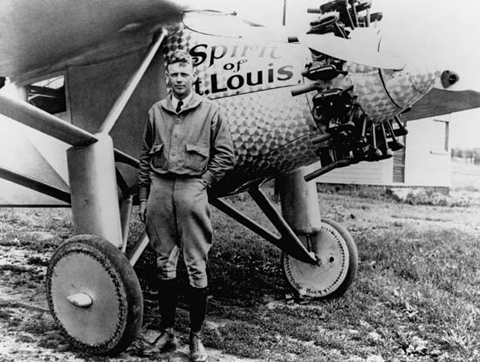 |
Born in Texas in 1918 his home was in a small town of just a few hundred people.
The family ranch had no indoor plumbing, no electricity, and no telephone.
The village was so remote that when he was very young the family had to travel nine miles in a horse drawn wagon to reach the stores.
Even the site of a car was a novelty. However, there were some other vehicles that were occasionally sited that caught Bob’s imagination – airplanes.
When an airplane was first sited – or heard - they were noisy in the 1920s – everyone would run out of the house and wave to it.
In 1927, when Bob was eight years old, Charles Lindbergh flew solo across the Atlantic Ocean. This created a sensation making headlines across the country.
Lindbergh became Bob’s hero.
|
|
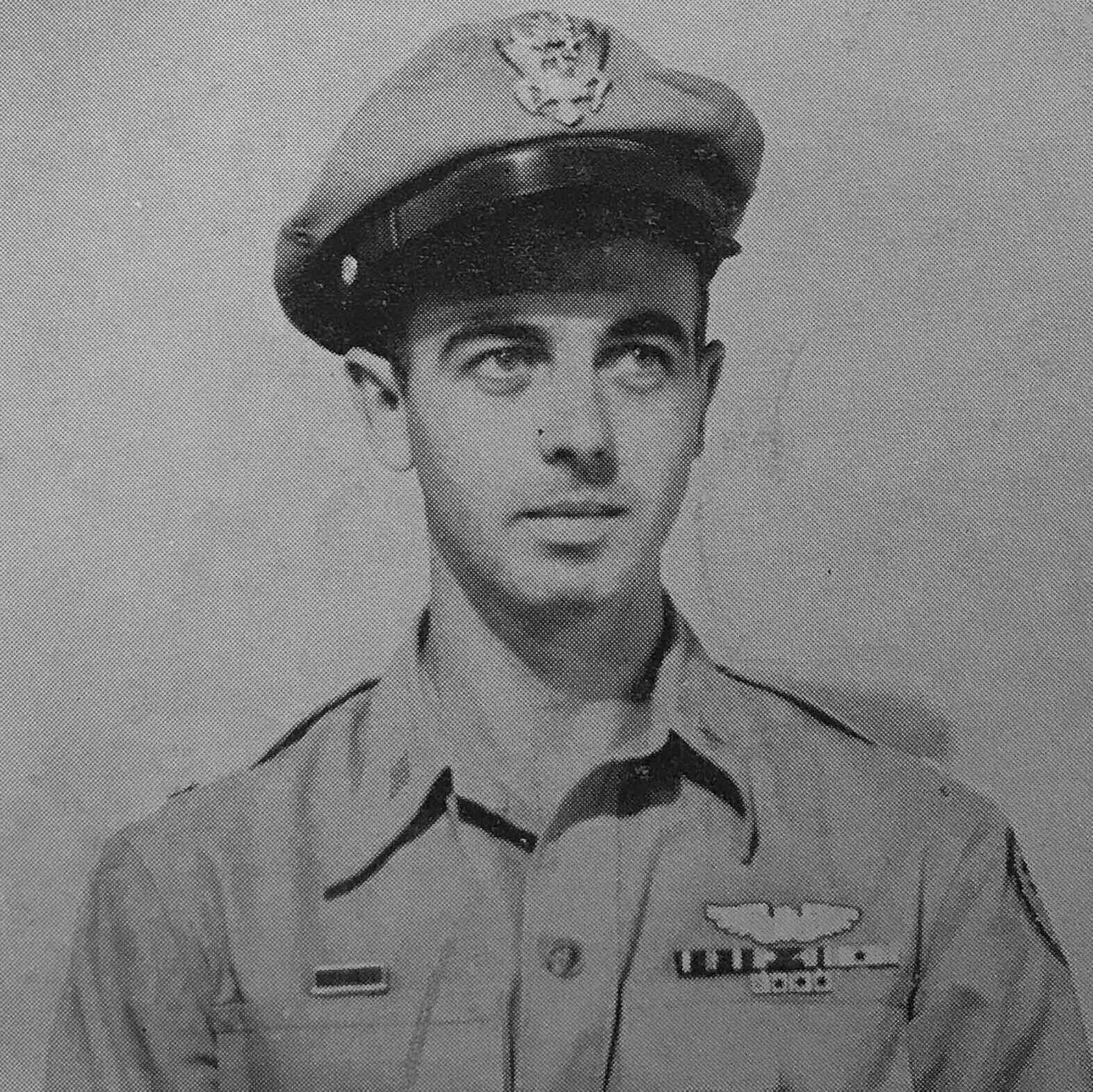 |
In the mid-1930s a book called “The Flying Game” was written by the commander of the U.S. Air Force Hap Arnold.
This book was designed to motivate young men to enter the air force to learn to fly. Bob Vaucher read this book and it further ignited his desire to fly.
|
|
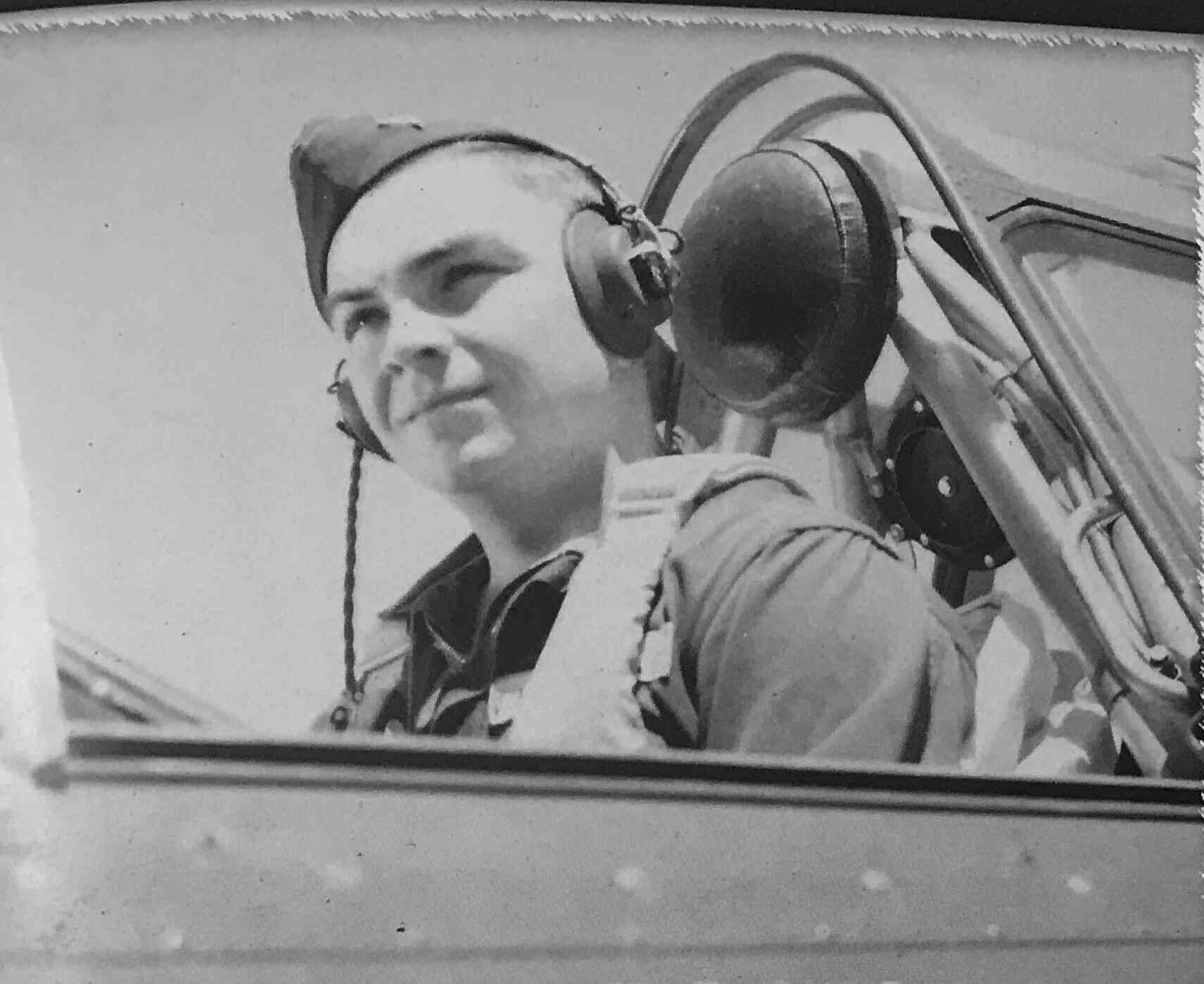 |
To become a pilot in the Air Force you had to have two years of college, so he enrolled at Pan American University.
There he took a course in flying. He passed the flight test to earn his civilian pilot’s license. By that time World War II had started in
Europe as Hitler had invaded Poland. Bob joined the Air Force in 1940. He made it through the intense military flying training that weeds
out the lessor pilots to become an official military pilot with a rank of second lieutenant. |
 |
On December 7th 1941 the Japanese attacked Pearl Harbor and the U.S. would enter the war. Bob’s pilot skills would be needed. |
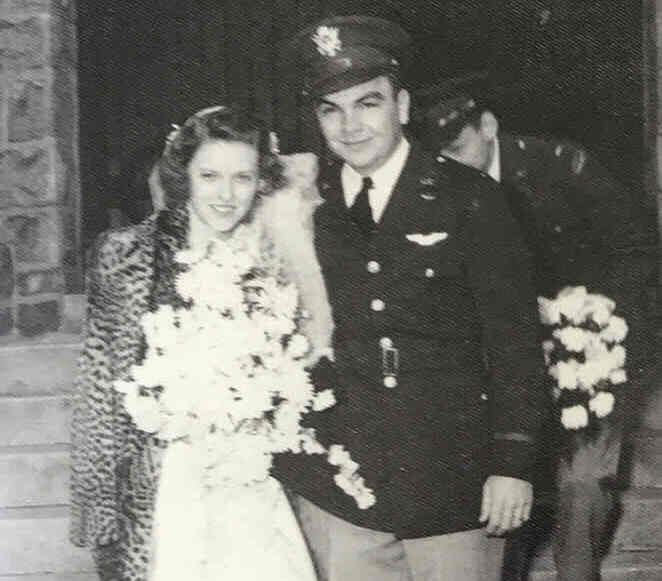 |
Nine months before Pearl Harbor Bob had met the love of his life Eleanor Hooey of Somerville
and had a wedding planned for December 13th. But before that date he was sent on a top secret mission.
A few days before the scheduled wedding date he realized that he could not make his own wedding. So, he sent a telegram to his bride-to-be, but it never arrived.
When he did not return as planned his bride and everyone else were in a state of worry and contacted the base to inquire his whereabouts.
Eventually after the scheduled wedding date had passed things were cleared up and he was granted a very short leave to return to get married.
He arrived in Somerville at 4am on a Monday and was married 7 hours later at St. John’s Episcopal Church.
That same day he and his new bride drove back to the military base where he reported for duty the next day. |
 |
In 1942 he was assigned to Panama where he flew search missions to accumulate 1000 hours of flying time in four engine bombers.
Then suddenly he was sent back to the U.S.. At that point in time aviation technology was still rapidly evolving. Man had just learned to fly 38 years earlier.
And now a new plane the B-29 was in production. The military wanted experienced pilots to test it.
The B-29 was a quantum leap over previous bombers. It went faster, flew higher and further, and carried a heavier bomb load.
The U.S wanted this bomber in the war as fast as possible. But the B-29 had many problems, including major safety issues, and needed refinement. Bob would say that the testing of the B29 was more dangerous than the actual bombing runs. On one test Bob flew the plane up to 38,000 feet. An altitude that only a handful of fliers had ever been. After this test he received a call from the head of the Air Force General Hap Arnold who asked him several questions about it. |
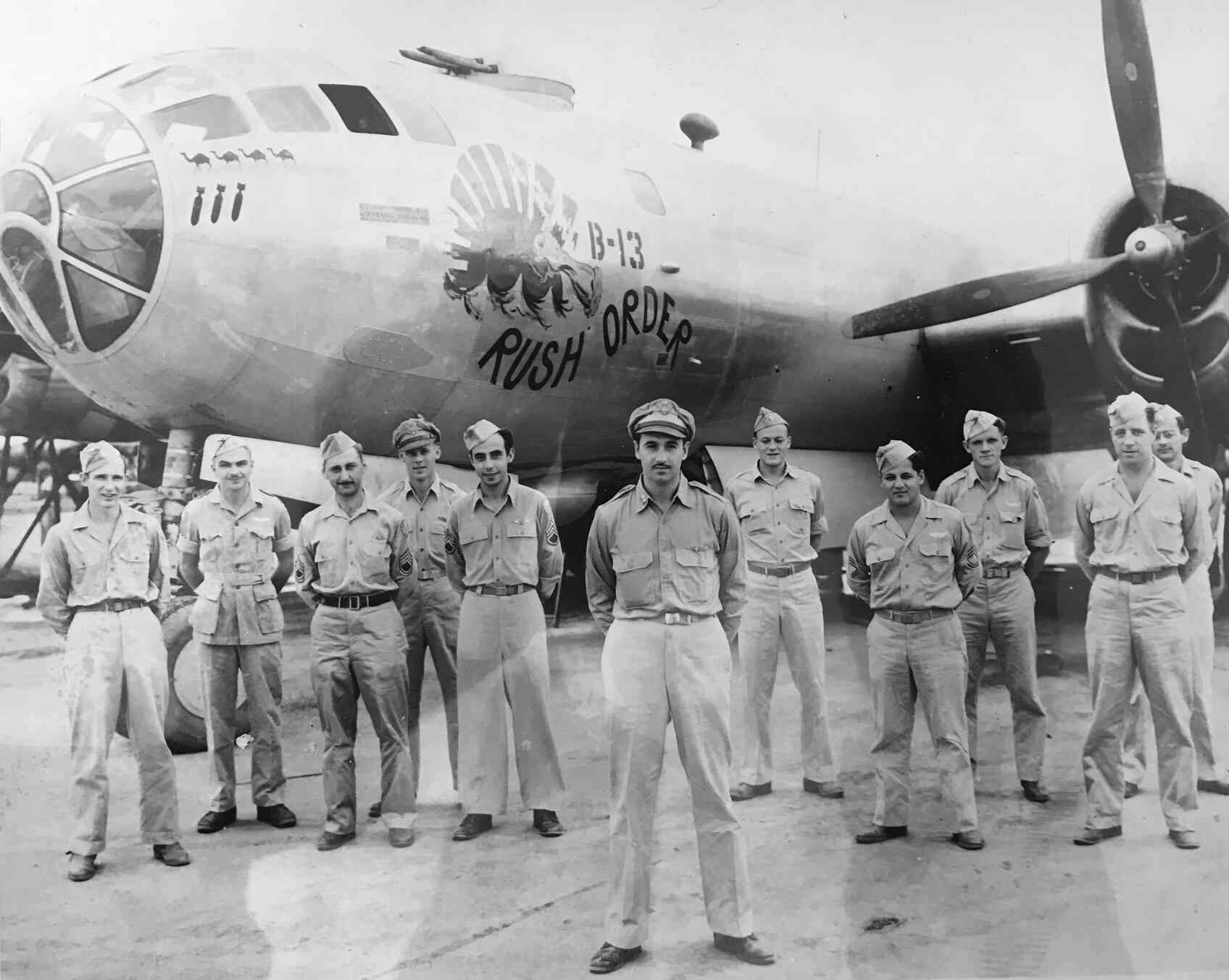 |
After the B29 was tested on the home front, it was time for the plane and its crews to join the battle overseas.
At first the B29s were stationed in India where they would begin their bombing runs toward Japan. Bob piloted twenty bombing runs from India.
This bombing route was a long trek over the Himalaya Mountains which required a fuel stop in China. They needed to be closer.
By 1945 the U.S had secured islands in the Pacific that would provide a better launch site to hit Japan.
The entire B29 outfit would move to Tinian Island in the Pacific in April of 1945. From here he led another ten bombing missions over Japan.
The bombing done by the B29s was very effective. It destroyed many cities along with their war producing factories. |
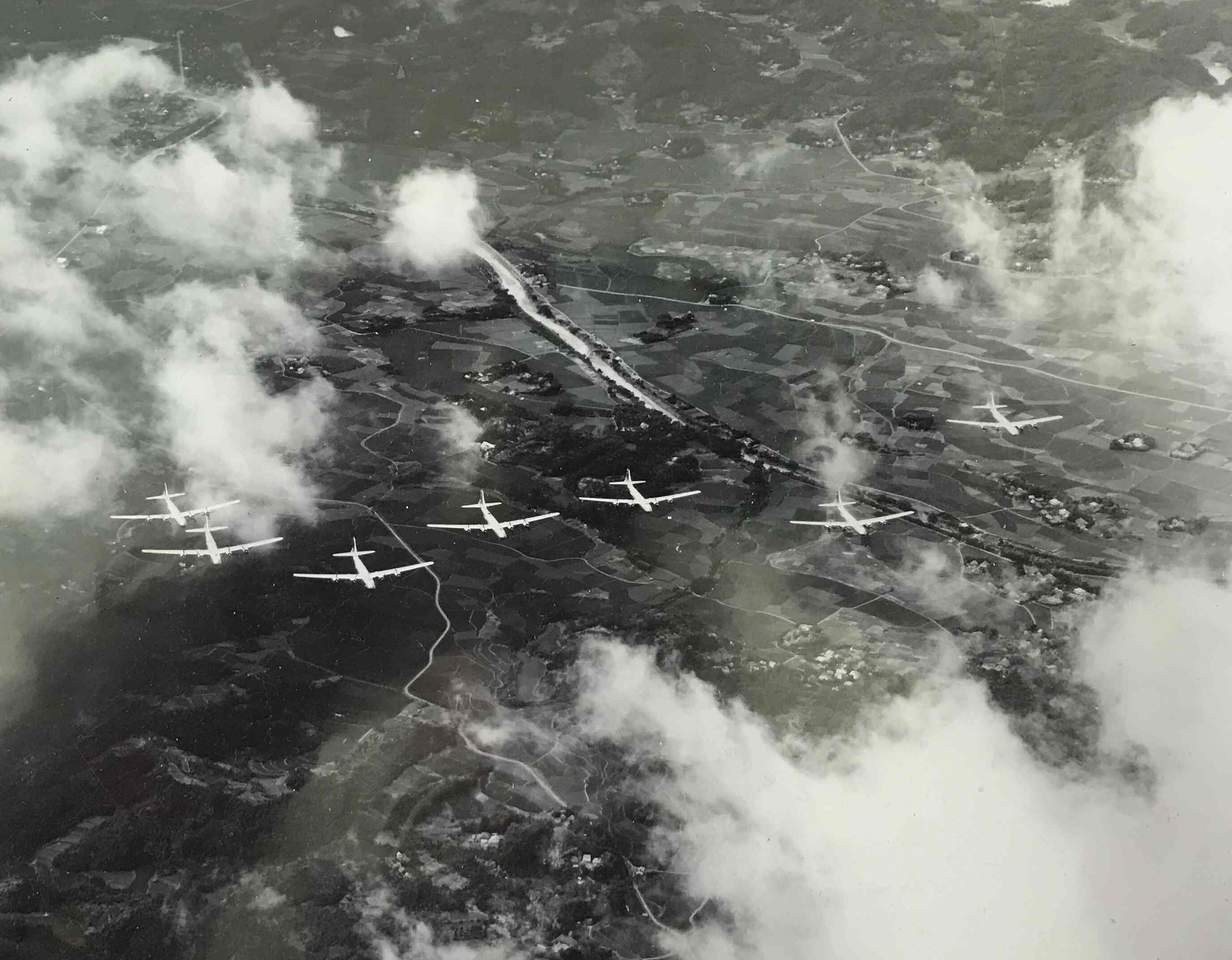 |
While efficient and effective, each bombing mission was still dangerous.
Many planes and men were lost.
On one bombing run Bob’s plane was hit by the Japanese defenses. The plane was in bad shape with fuel leaking -
but still flying. They had a couple options. They could try to contact a U.S. submarine and ditch the plane in the hope that they would be picked up.
Or they could try to make an emergency landing at an island that was on the route back to Tinian.
|
 |
That island was Iwo Jima which had been taken from the Japanese a month before in a bloody battle led by the U.S. Marines.
In that battle John Basilone had been killed as he got a previously stalled attack started.
Bob Vaucher managed to fly the crippled plane safely to Iwo Jima. The plane, with over 400 holes in it, was then junked.
Bob made it a point in our interview to say that he is grateful to the Marines and John Basilone for having fought to create this emergency landing site.
For it saved the lives of him and his crew. |
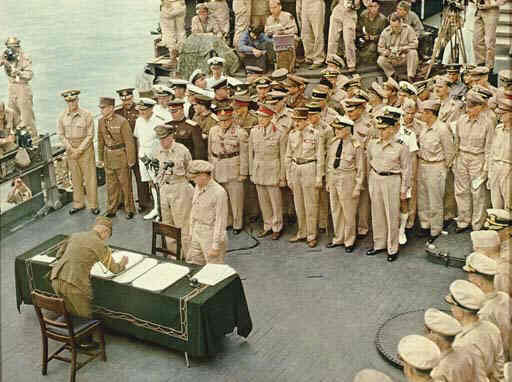 |
In August of 1945 the U.S. would drop two atomic bombs on Japan resulting in them finally surrendering.
An official surrender ceremony was held on September 2nd 1945 in Tokyo Bay aboard the USS Missouri.
|
| Click for more photos of the Surrender Ceremony |
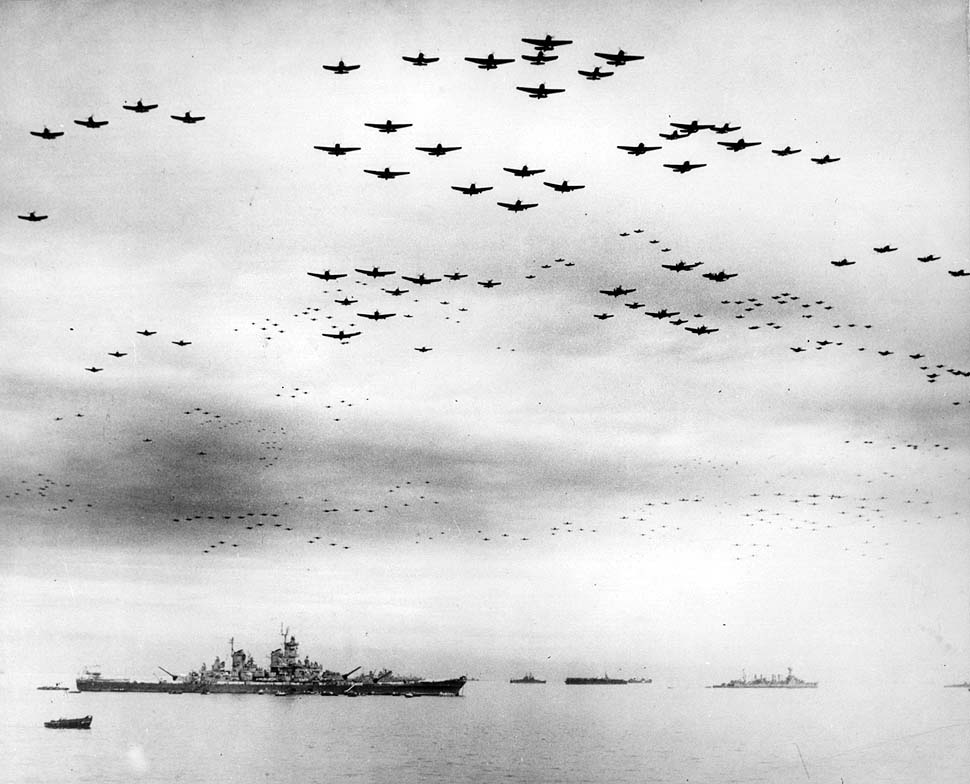 |
For this ceremony General MacArthur wanted to demonstrate a “show of force”.
That is a military tradition that demonstrates to the defeated side that they made the right decision to surrender.
For this “show of force” 525 B29s would fly over the USS Missouri as the surrender document was being signed.
Bob Vaucher was chosen to be the leader of this historic fly over. On the day of the surrender Bob flew the lead plane and the hundreds of other B29s
followed him. It was an amazing site that accomplished its purpose. Bob Vaucher was an excellent choice for this as he had seen the B29 through testing,
made suggestions for improvements that were implemented, and flew dozens of bombing missions. |
| Bob Vaucher flew the lead plane |
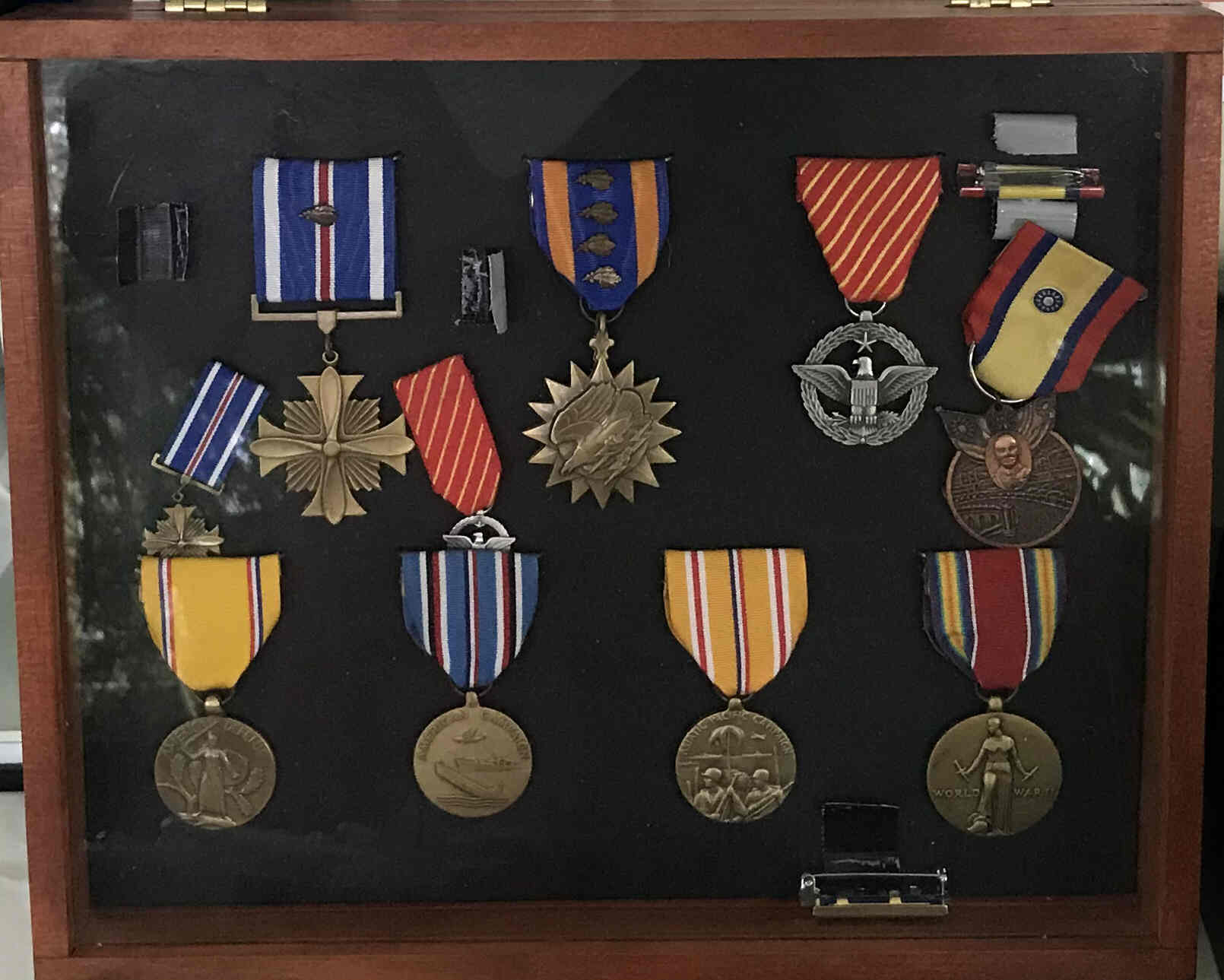 |
Bob’s awards include two Distinguished Flying Crosses, five Air Medals, eight Battle Stars, and thirteen War Time Commendations and Citations. He has lived on Foothill Road in Bridgewater since 1950. The Basilone Parade Committee is thrilled to have him in this year’s parade which will be on Sunday, September 22nd in downtown Raritan. |












